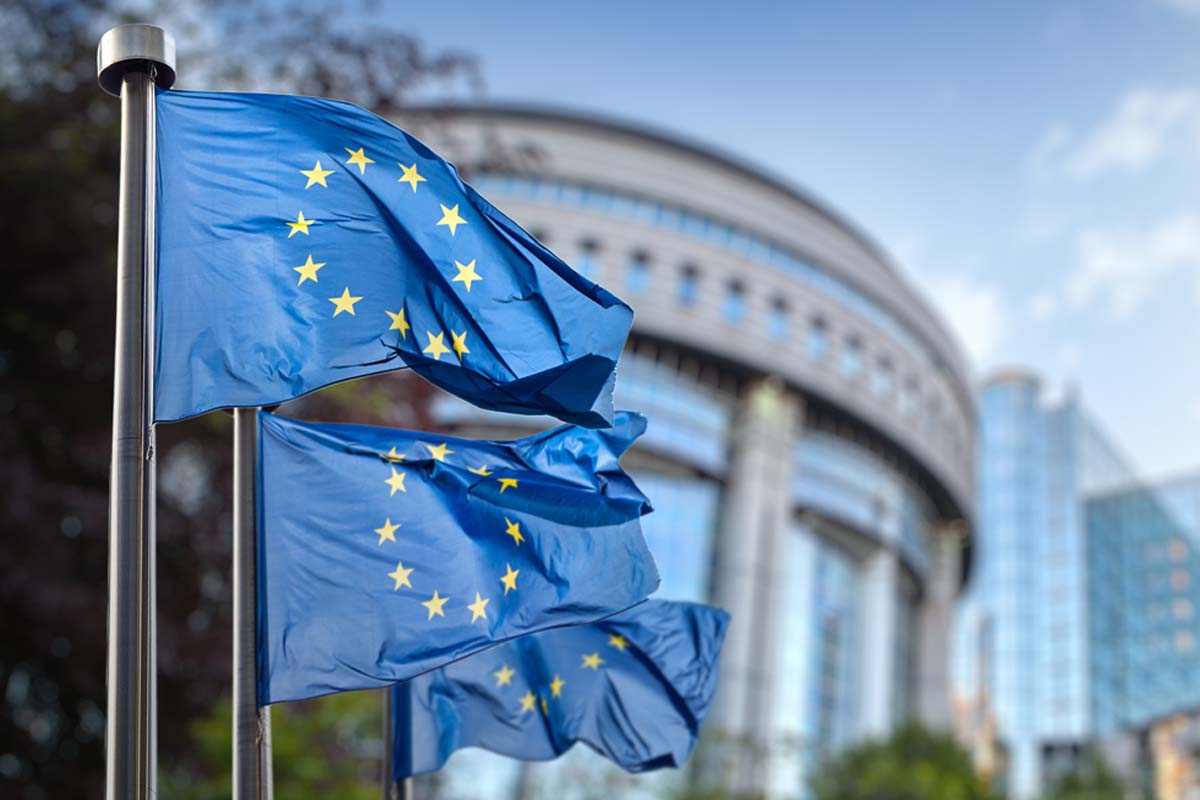GRI best prepares companies for CSRD reporting rules
Published date: 10 July 2024

Questions answered on what the new European Sustainably Reporting Standards mean for use of the GRI Standards
With comprehensive disclosure requirements now applying to tens of thousands of companies under the EU Corporate Sustainability Reporting Directive (CSRD), what does it mean for the many organizations that already report their impacts using the GRI Standards?
As an in-depth new publication from GRI explores, a high degree of interoperability has been achieved between the European Sustainability Reporting Standards (ESRS) and the widely used GRI Standards. The GRI and Sustainability Reporting in the EU Q&A sets out:
-
- GRI collaboration with EFRAG will lead to 42,500 companies publishing impact reporting through the ESRS that is aligned with the GRI Standards.
- Multiple resources – including an interoperability index and full mapping table, training courses and report services – have been provided to help GRI reporters meet CSRD rules.
- A renewed GRI-EFRAG MoU is delivering a next phase of deeper cooperation on standard setting, plus a commitment to further capacity building.
- GRI’s global relevance is enhanced by joint-working with the International Sustainability Standards Board (ISSB), to complement jurisdictional reporting requirements.
- How the GRI Standards, ESRS and IFRS Sustainability Disclosure Standards fit together, including the different approaches to materiality.
Peter Paul van de Wijs, GRI Chief Policy Officer, said:
“The sustainability reporting landscape is fast evolving, and understandably there are questions from reporters and other stakeholders about GRI’s central role. As this publication underlines, four years of cooperation with EFRAG to co-construct the ESRS has meant that our standards are complementary and very closely aligned for impact reporting, including on definitions, metrics and disclosures.
Most large companies, in the EU and elsewhere, already report with GRI. It is hugely reassuring that they can apply their existing disclosure practices to meet ESRS requirements. Our ongoing collaboration with EFRAG future proofs the relevance of the GRI Standards in the EU, while our broader engagements with the IFRS Foundation and other jurisdictions is reinforcing on a global scale the many benefits of impact reporting with GRI.”
-
- Launched this month is a new GRI-ESRS Linkage Service that offers feedback to reporting organizations on how to align a GRI sustainability report with the ESRS
- A new series of GRI Academy training courses specifically focused on the ESRS will become available this year
- A Top 10 summary version of the GRI-ESRS Q&A is also available
The CSRD disclosure requirements initially applies to 42,500 companies as of January 2024. This includes large companies in the EU and those listed on European stock exchanges. Additionally, some large non-EU companies will be in scope from 2028.
The GRI Standards are the most used sustainability reporting standards by European companies. The ESRS mandates reporting on all material impacts, risks, and opportunities; where they lack coverage (such as in tax or sector-specific standards) companies can use GRI reporting to fill the gap to ensure full compliance.
GRI signed an initial MoU in 2021 with EFRAG to co-construct the first set of ESRS. A new cooperation agreement was reached in November 2023, which substantiates the benefits of the alignment achieved between the ESRS and the GRI Standards and commits the organizations to continue working together to deliver technical support for reporting companies.
The high degree of interoperability between the ESRS and GRI Standards was confirmed in a joint statement issued by EFRAG and GRI in September 2023.
In May 2024, a collaboration between GRI, Pascal Durand (MEP and CSRD Rapporteur), and the Lefebvre Sarrut Group led to the publication of CSRD Essentials: a free resource covering the key implementation themes of the new EU directive.